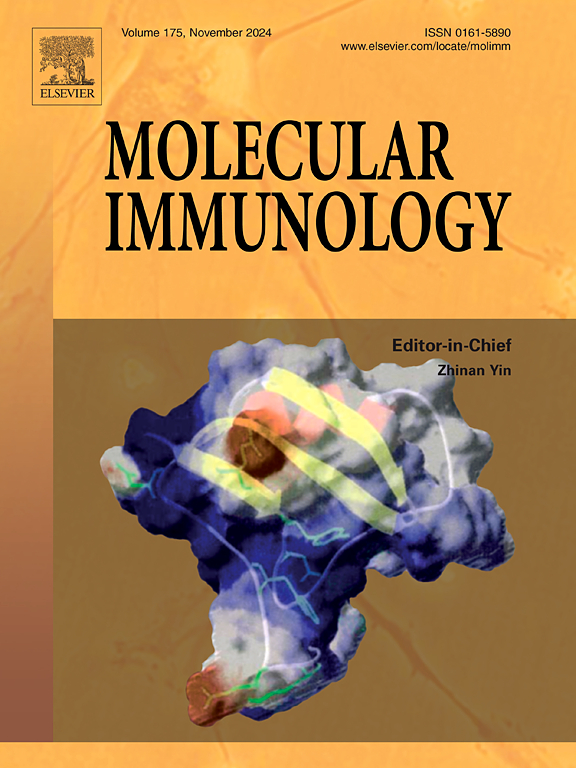Neem leaf extract alleviates LPS/D-GalN induced acute hepatitis in mice through its anti-inflammatory effects and activation of autophagy
IF 3.2
3区 医学
Q2 BIOCHEMISTRY & MOLECULAR BIOLOGY
引用次数: 0
Abstract
Acute hepatitis, characterized by rapid onset and high mortality, can result from infections, toxins, and other factors. However, current treatment options have significant side effects, necessitating further research into alternative therapies. This study investigated the extraction method of neem extract and found that its ethanolic extract effectively reduced mortality and decreased ALT and AST levels in mice serum, improving liver pathology. HPLC analysis identified azadirachtin and nimbolide in the extract. It also downregulated NF-κB, NLRP3, and p62 levels, while upregulating Lc3B and Atg5 levels. Experiments in Atg5 knockout mice showed that the absence of Atg5 weakened the extract's efficacy in reducing liver damage and inflammation and affected the extent of NLRP3 protein downregulation. However, it did not affect the extract's ability to reduce NF-κB. Overall, the ethanolic extract of neem leaves primarily modulates the inflammatory response through the NF-κB signaling pathway. The extract's efficacy in reducing NLRP3 is associated with autophagy. These discoveries offer a new theoretical basis for the role of neem in treating acute hepatitis.
求助全文
约1分钟内获得全文
求助全文
来源期刊

Molecular immunology
医学-免疫学
CiteScore
6.90
自引率
2.80%
发文量
324
审稿时长
50 days
期刊介绍:
Molecular Immunology publishes original articles, reviews and commentaries on all areas of immunology, with a particular focus on description of cellular, biochemical or genetic mechanisms underlying immunological phenomena. Studies on all model organisms, from invertebrates to humans, are suitable. Examples include, but are not restricted to:
Infection, autoimmunity, transplantation, immunodeficiencies, inflammation and tumor immunology
Mechanisms of induction, regulation and termination of innate and adaptive immunity
Intercellular communication, cooperation and regulation
Intracellular mechanisms of immunity (endocytosis, protein trafficking, pathogen recognition, antigen presentation, etc)
Mechanisms of action of the cells and molecules of the immune system
Structural analysis
Development of the immune system
Comparative immunology and evolution of the immune system
"Omics" studies and bioinformatics
Vaccines, biotechnology and therapeutic manipulation of the immune system (therapeutic antibodies, cytokines, cellular therapies, etc)
Technical developments.
 求助内容:
求助内容: 应助结果提醒方式:
应助结果提醒方式:


